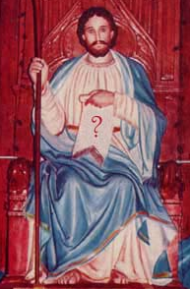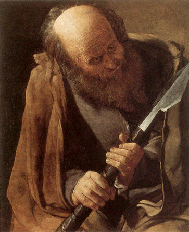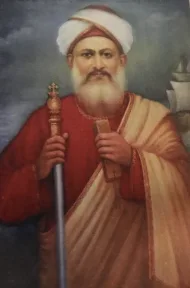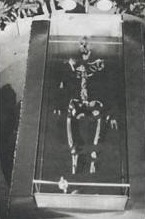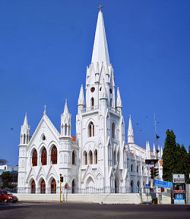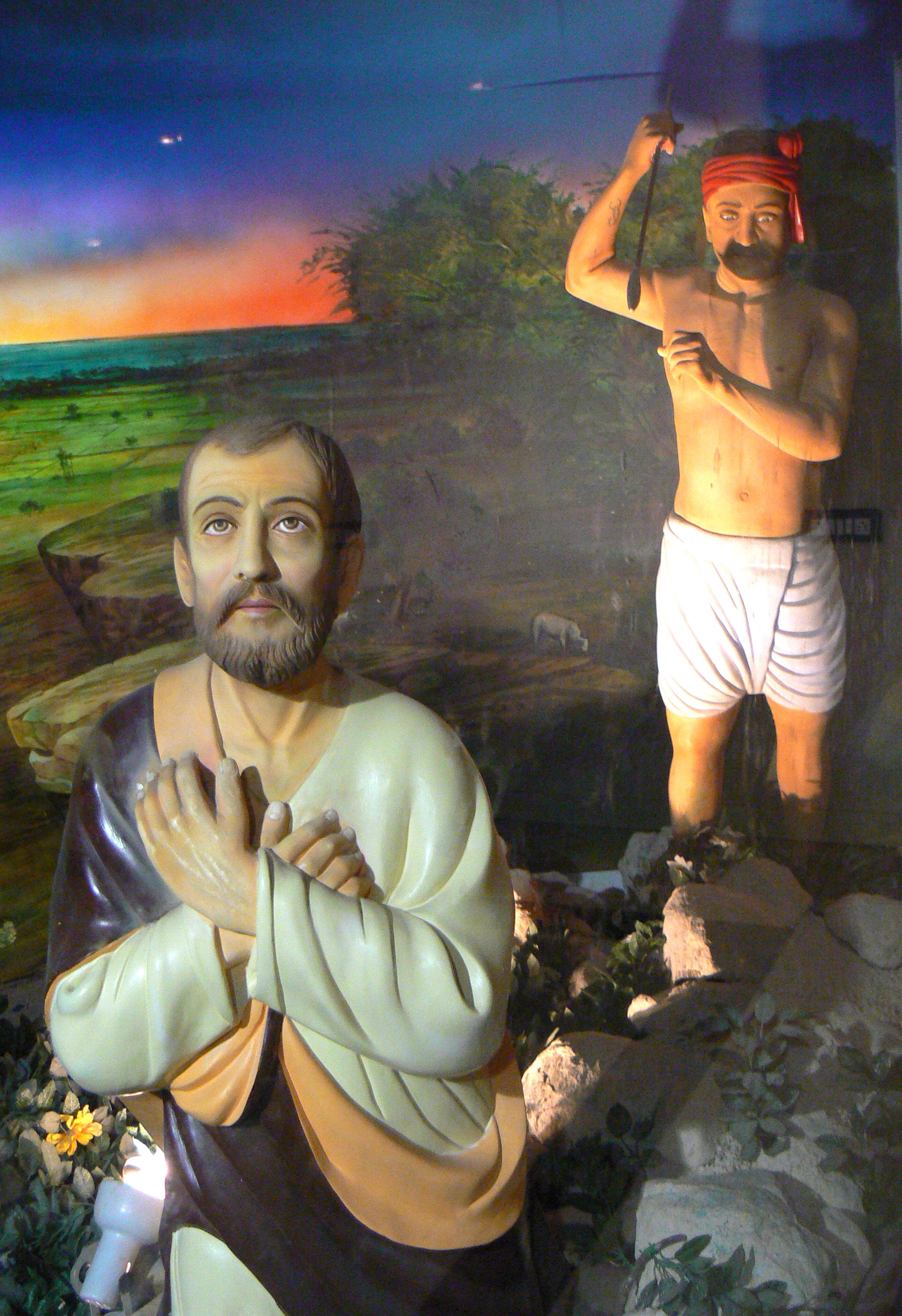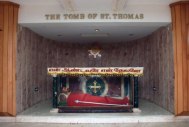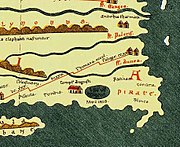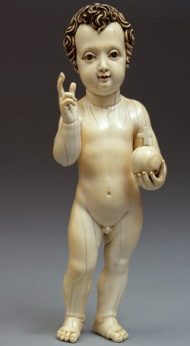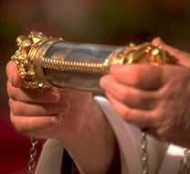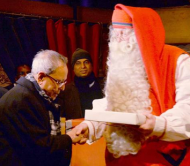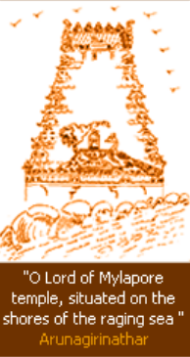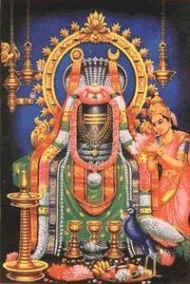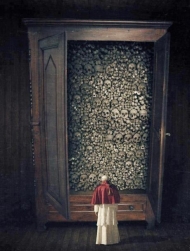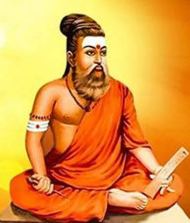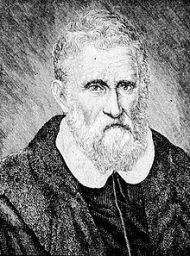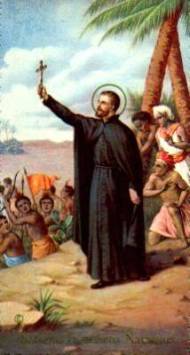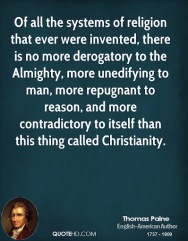There is no document supporting the fond belief of Christians [that St. Thomas arrived in Kerala in 52 AD], ritually incanted by all politicians and journalists whenever they mention Christianity. … Even if it were found to be true, Christianity remains an erroneous belief system and a foreign religion whether imported in the 1st or the 4th century. — Dr. Koenraad Elst
The article “The Incredible Journey” by William Dalrymple in The Guardian, London, on 15 April 2000, is a wonderful exercise in pushing the beliefs of the “minorities”―in fact local daughters of a global movement, helped by the foreign headquarters with resources and strategy―to the utmost. There is no document supporting the fond belief of the Christians [that St. Thomas arrived in Kerala in 52 AD], ritually incanted by all politicians and journalists whenever they mention Christianity. And there still is none after Dalrymple’s article, a fact that all his innuendo about new insights is meant to obscure. Not even the apocryphal Acts of Thomas could prove this, either before or after Dalrymple’s intervention. These only mention Thomas going east to a desert country where people speak Iranian. This is clearly not lush tropical Malayali-speaking Kerala.
With all his rhetoric slamming open doors, such as that there was a lot of trade between Malabar and the Roman empire―which we already knew―he has only one piece of hard evidence to claim, viz. the coins by king Gondophares confirming the Acts’ mention of such a king, and that already by 19th-century British archaeologists. Now, if there had been such a find, it would have been plastered all over the front pages, and every Christian dignitary would quote it on every suitable occasion. I may have missed something, but I haven’t heard that. Such a discovery would, among other things, have to transfer Gondophares from Afghanistan to Kerala and turn his name from standard Iranian to Malayalam. Note that Dalrymple, ever careful to specify North versus South India, here leaves that crucial specification in the dark. When the very erudite Pope Benedict XVI said in 2006 that Thomas came to “Western India”, and that it was not he but “Christianity” that then went on to Southern India, he was speaking in full consciousness of the relevant evidence, of all that Dalrymple here suggests as proof in favour of the Christian belief.
He commits all the errors that our first-year course of Historical Method warned us against. If someone spreads a story―say, the Christians arriving in Kerala from Persia in the 4th century, whose leader Thomas Cananeus was confused with Saint Thomas―and then a hundred consumers of the story reproduce the story, these are not “a hundred sources in unison”, this is just one source. So all his talk about how many believers there are―including gullible Hindus―can over-awe a layman, but mean nothing to a historian.
Of course, ultimately it is not important whether Thomas came to Kerala or not. Even if it were found to be true, Christianity remains an erroneous belief system and a foreign religion whether imported in the 1st or the 4th century. But because Hindus have set great store in refuting the Thomas legend, the secularists invest a lot in supporting it, here be this article, more usually in pro-belief pronouncements, and the media will censor any serious scepticism about it. Except that they will greatly highlight any anti article on condition that it also covers itself in ridicule by espousing some P.N. Oak type of history rewriting.
And note the irony: one always speaks of “doubting Thomas”, also the title of Dalrymple’s film, but the finality of this article is to provide intellectual respectability to the all-out secular effort of suppressing doubt about the Thomas myth.




